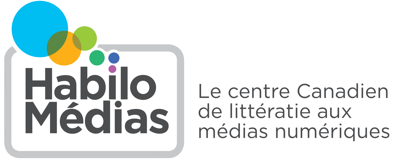Composition and Production 12
Curricular Competencies
Explore and create
- Compose music for solo and ensemble contexts
- Create, produce, reproduce, or manipulate music using available technologies
- Explore new musical ideas by combining genres or styles
- Use musical vocabulary based on context
- Examine how the body and mind work together to enhance musical composition, rehearsal, and performance
- Employ standard or modified musical forms and structures
- Explore selection and choice related to orchestration, instrumentation, and sound sampling
- Explore emerging and evolving trends in music making
Reason and reflect
- Interpret and evaluate musicians’ use of technique, technology, and environment in musical composition and production, using musical language
- Evaluate various designs and developments in music composition and production
- Consider the physical and aural health of musicians and audiences
- Anticipate audience responses to a piece of music
- Communicate and document
- Document and compile resources that inform musical composition and production
- Use musical symbols to enhance the performance quality of a musical composition
- Engage with peers to provide constructive feedback
- Collaborate to express personal voice, cultural identity, and perspective through music
- Connect and expand
- Evaluate and demonstrate personal and social responsibility associated with creating, performing, and responding to music
- Make connections through music composition and production on local, national, or global scales
- Evaluate personal, educational, and professional opportunities in music and music-related industries
- Investigate relationships between music and personal, social, or cultural change
- Identify and practise self-care to prevent performance-related injury
- Safely care for and maintain electronic tools, equipment, materials, and work spaces
MediaSmarts Resources
Content
- musical elements, principles, vocabulary, symbols, and theory
- techniques and technical skills to support creative processes
- a range of current technologies
- hardware and software used to create, record, and structure sound
- physics and physical properties of sound and sound synthesis
- characteristics, qualities, and limitations of instruments
- use of movement, sound, image, and form to convey meaning in music
- roles of performer, audience, and venue
- global and inter-cultural musicians, movements, and genres
- traditional and contemporary First Peoples worldviews and
cross-cultural perspectives, as communicated through music - contributions of innovative artists from a variety of genres, contexts, periods, and cultures
- history of a variety of musical genres
- ethics of cultural appropriation and plagiarism
- moral, ethical, and legal issues related to music production, duplication, and distribution
- health and safety issues and procedures, including the impact of audio volume on aural health
MediaSmarts Resources
